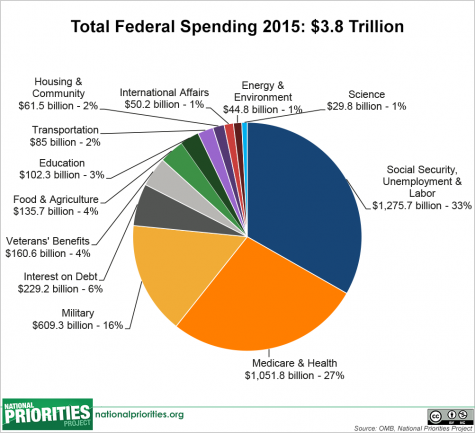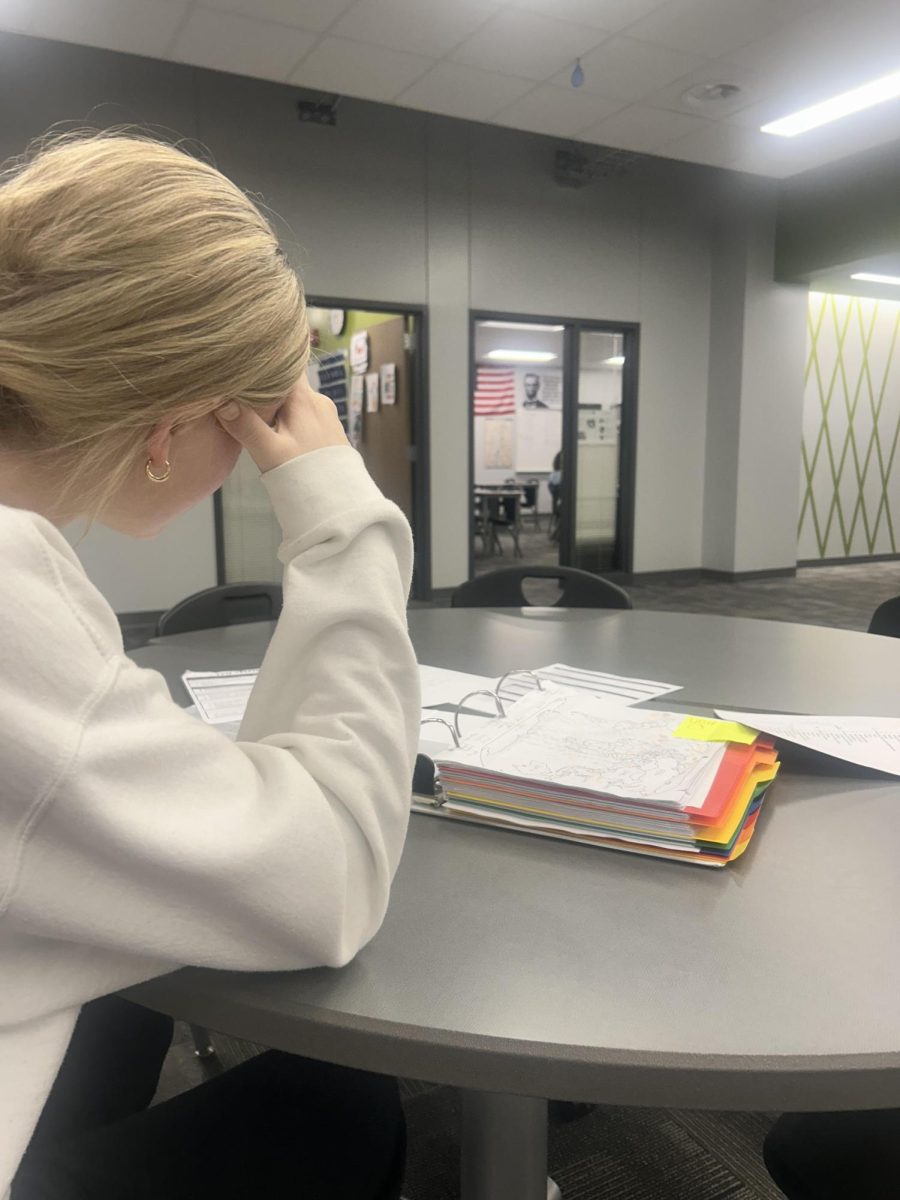
Underpaid and undermined, teachers have yet to get what they really deserve in the United States. In Elkhorn Public Schools, a significant number of teachers, both male and female, have requested maternity or paternity leave, but the disadvantages are just outrageous.
The United States is part of the Organization for Economic and Cooperation Development, an institution including 38 other nations that helps enact policies to benefit the economic and social wellbeing of the world. This includes paid maternity leave.
Contrastingly, (with the exception of 8 states) the U.S. is the only participant of the OECD that does not pay employees during maternity or paternity leave.
Additionally, the U.S. provides the least amount of time off available to employees, without having to sacrifice their sick or vacation days (12 weeks annually). This means that the only “protection” employees receive while on maternity or paternity leave is the Family Leave and Medical Act (FMLA). This law states that an employee cannot lose their job during their 12 weeks of absence.

These issues may seem insignificant to many, but what should be realized is that they exist in one of the richest countries on the globe (GDP of $63,051.40 per capita). While families pay thousands on child-related expenses, dollars are dangled in front of their faces, gripped by their corporate bosses.
At Elkhorn North teachers result to utilizing their sick and vacation days if additional time off is needed for maternity or paternity leave. Dollars are also subtracted from their salary if they exceed the additional sick and vacation days, which is inevitable for most teachers.
“I had worked at Marian for a few years, and I used all my sick days,” spanish teacher Cassandra Craig said. “3 weeks after that I got almost some money taken out of my salary”
Teachers are suffering these problems because school districts often do not have enough funds to provide teachers with salaries and paid maternity or paternity leave. On top of that, school districts have to pay long-term substitute teachers while the teacher is absent.
At the top of this chain, however, is the federal government. After collecting taxes, the government divides portions of what is collected to certain institutions in the U.S. The education system receives these funds, but they are clearly not enough as they do not sufficiently provide teachers with the money they deserve.

“The school board does not make a profit, they pay for everything,” said spanish teacher, Tomi Connelly. “They have a ‘pot’ and they cannot go over that.”
While the Elkhorn Public Schools District does everything they can to provide a reasonable salary for teachers, adequate sick and vacation days, and even technology to its students, unfortunately, paid maternity or paternity leave quickly becomes an unrealistic objective.
In order to fix this, the federal government must alter subsidies so that teachers can receive paid maternity or paternity leave. It would also be significantly beneficial if leave were extended from 12 weeks to 16-18 weeks.
This would allow teachers to decide whether or not they are ready to come back within the period. Or, if more time is needed, they could remain on leave as necessary without having to utilize sick or vacation days.
History teacher, Anthony Dunn, said, “I wish it was something that could be compensated in some way, at home you are still lesson planning and preparing for when you return.”
Teachers are the pillars of education, so they should be supported in any way possible. By paying them for maternity or paternity leave, and extending the duration of leave would provide significant relief to teacher-parents both physically and financially.










